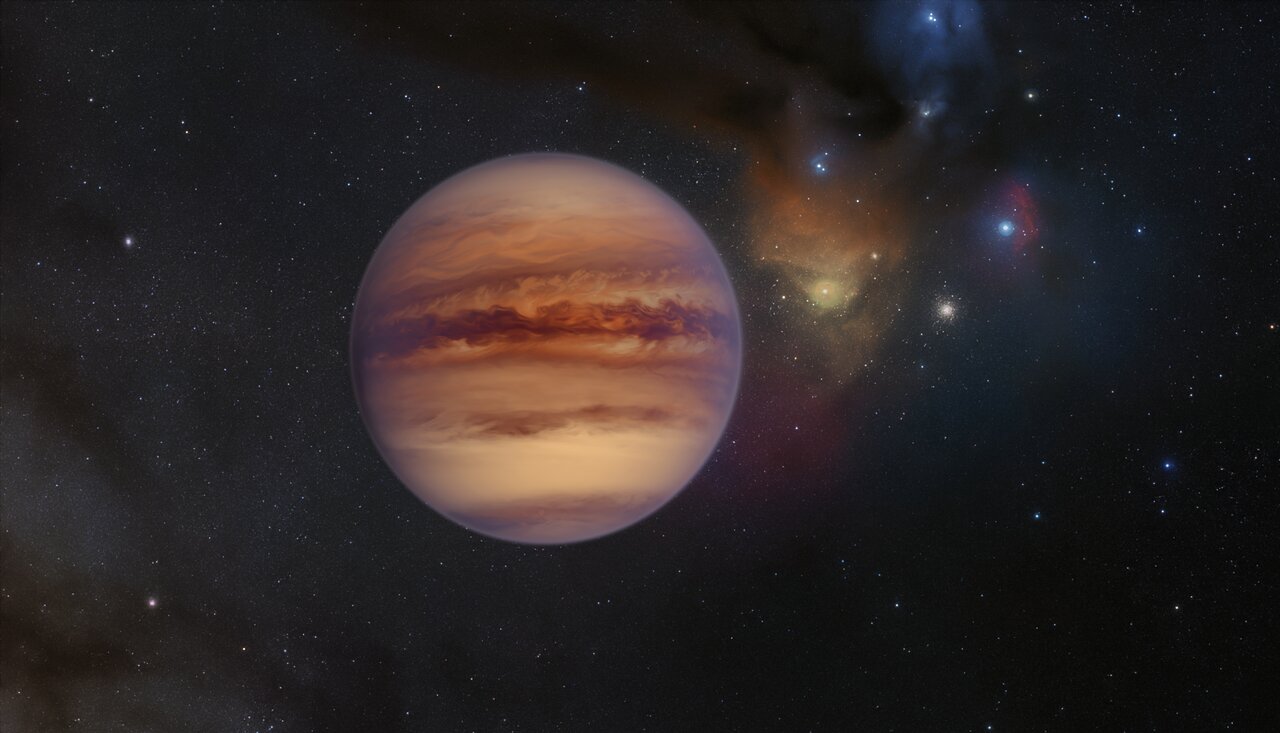
It's called TOI-1452b, and measurements of its size and mass suggest a density profile consistent with a global liquid ocean. An exoplanet is just 100 light-years from Earth

Two new worlds of probable rocky mineral goodness have just been found orbiting a star close to our own cosmic neighborhood.

Scientists have discovered a Super-Earth that is four times the mass of our planet and takes just 10.8 days to complete a whole year.

TESS reached a milestone. We now have over 5,000 exoplanet candidates. Scientists have a lot of work to do confirming them.

Using telescopes from around the world, a team of astronomers recently discovered 70 additional free-floating planets (FFPs), the largest sample of “Rogue Planets” discovered to date in the Milky Way.

Astronomers and geologists have recently concluded that most rocky planets orbiting nearby stars are more diverse and exotic than previously thought, with types of rocks not found anywhere in our Solar System.

The researchers have identified a new class of habitable planets, dubbed 'Hycean' planets - hot, ocean-covered planets with hydrogen-rich atmospheres - which are more numerous and observable than Earth-like planets.

Astronomers using the Atacama Large Millimeter Array (ALMA) have spotted presence of a disc around a Jupiter-like exoplanet 400 light years away that could provide the raw material for up to three satellites the size of Earth’s Moon.

That incredible distance made the original discoverers of the planet back in 2011 think it was “rogue”. But a new research shows that the planet is in fact gravitationally bound to a star, just as an absurdly far distance.

The molecule hydroxyl (HO) is common on Earth. Now, for the first time, astronomers have conclusively detected it in the atmosphere of an ultra-hot Jupiter, WASP-33b.

Researchers report the discovery of a super-Earth orbiting the star GJ 740, a red dwarf star situated some 36 light years from Earth. Its mass is around 3 times the mass of Earth.

The core mass of the giant exoplanet WASP-107b is much lower than what was thought necessary to build up the immense gas envelope surrounding giant planets like Jupiter and Saturn.

A new study of the seven Earth-sized exoplanets around TRAPPIST-1 indicate that all 7 planets are extremely similar to each other in makeup, but potentially quite different from Earth.

As it turns out, organic material, liquid water, sunlight and a large moon might not be enough to ensure an exoplanet’s habitability. It also may depend on whether enough radioactive elements are present in the planet’s core.

We’ve discovered a number of “lava planets” or “magma worlds” throughout the Milky Way. These planets are in such close proximity to their stars that their surface is literally melted into a perpetual ocean of lava.